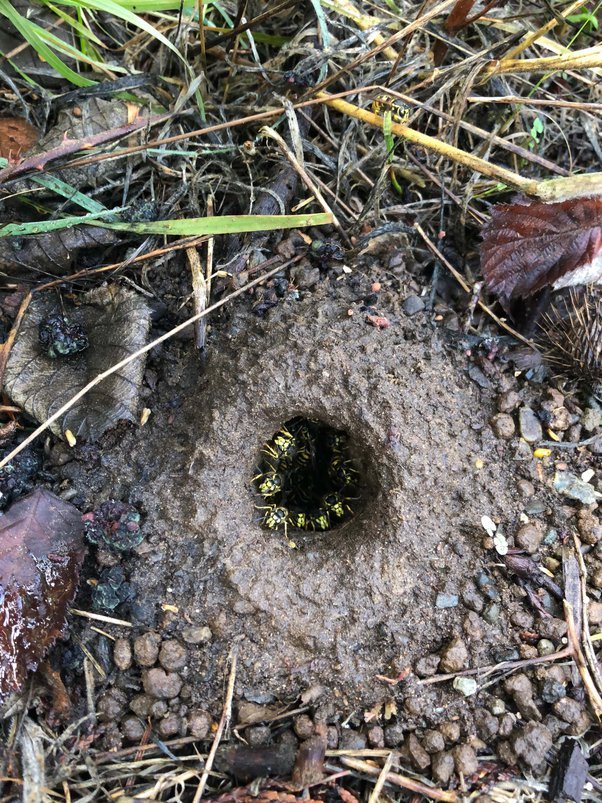Why Yellow Jackets seem so active this summer
The Big Sandy News office has received several requests lately for us to do a story on the infestation of Yellow Jackets this year.
Upon doing some research we found that Yellow Jackets switch their food sources in later summer, they go from looking for sugar, to looking for protein.
So, in early July, you will notice them start looking for a soda can or your dessert, then in late August, they will switch to your main course. Human skin is also protein, so they will bite you to get a piece of protein.
By September, the colony will start to break down. In the fall the queen stops laying eggs and there’s no young to feed. When the weather turns colder, food sources disappear and they begin to starve. Starvation makes them angry and aggressive as they work hard to seek food. The wasps only last a few weeks on average 22 days or so. Only the queen survives thru the winter, all the workers will die in the first frost.
Yellow jacket colonies grow largest in late summer and early fall just when their food sources begin to diminish, providing plenty of frustrated, hungry wasps. In the spring, there are fewer yellow jackets and they’re well-fed.
Yellow jackets often nest in cavities in the ground. If you watch carefully, you can often find a small hole with the wasps entering and leaving. The hole may be only the size of a coin, but under the surface, they may have a nest as big as a basketball.
Get away from the swarm as quickly as you can by entering a building. Yellow jackets are very aggressive and will repeatedly keep stinging.
Also, they are not aggresssive unless you get near the hive. If you start getting aggressive and kill one the other could get ticked off and then they may sting for what seems like no reason. Best defense is to ignore them and just swoosh them away.
Several people have made their own Yellow Jacket traps with water and Dawn dish liquid in a container with pieces of meat attached to a piece of wood across the top of the container. They wasps fly under the wood to get at the protein, then they fly in a downward pattern hitting the water, that’s all she wrote folks.

